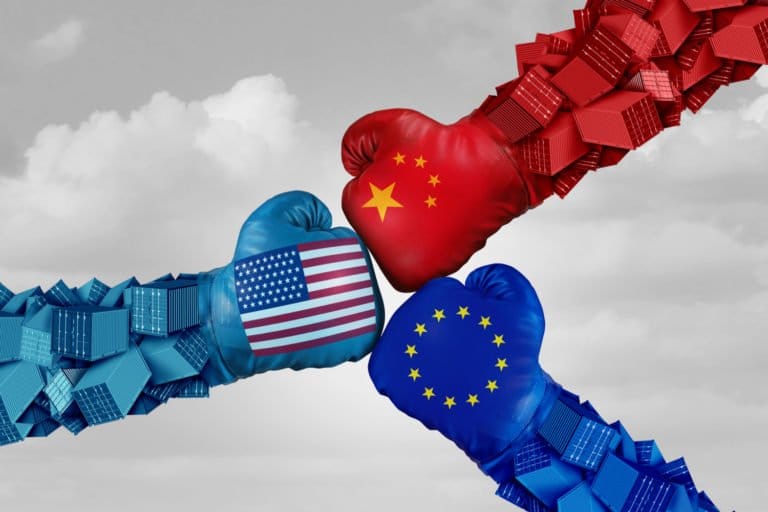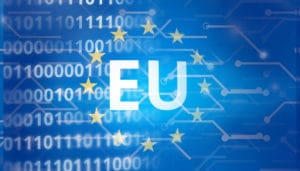Agreements cover computer chip supplies and general rules for technology trade.
The United States and European Union agreed this week to deepen transatlantic cooperation in technology, according to Reuters. For example, they agreed to strengthen semiconductor supply chains and curb China’s non-market trade practices. They also pledged to take a more unified approach to regulating large global technology firms.
The two sides launched a new forum that they call the U.S.-EU Trade and Technology Council. Senior cabinet officials from both continents also pledged to cooperate in several areas. These inclde the screening of investments on export controls for sensitive dual-use technologies. They also promised to work together on the development of artificial intelligence (AI).
The new tech and trade council has formed 10 working groups to deepen cooperation on these areas and others. These include climate and clean technologies, communications technology security, misuse of technology to repress human rights.
Transatlantic trade agreement struck with China in mind
The statement that the two parties issued appeared to indirectly mention China. “We stand together in continuing to protect our businesses, consumers, and workers from unfair trade practices,” it said. They specified their concerns lie “in particular those posed by non-market economies, that are undermining the world trading system.”
The Biden administration has kept in place tariffs imposed by former U.S. president Donald Trump. But they have also sought to differentiate themselves by collaborating more with allies in their approach to China.
The meetings were led by U.S. Secretary of State Antony Blinken, Commerce Secretary Gina Raimondo, U.S. Trade Representative Katherine Tai, EU trade chief Valdis Dombrovskis. European Commissioner for Competition Margrethe Vestager also attended.
Vestager has taken a tough stance on the U.S. tech industry for years. She said the discussions on AI were among the meeting’s biggest takeaway.
“Minds are meeting for artificial intelligence to be trustworthy, to be human centered, and to have a risk based approach,” she said. “Which, of course, we’re leaving are so much AI untouched by regulation.”



















